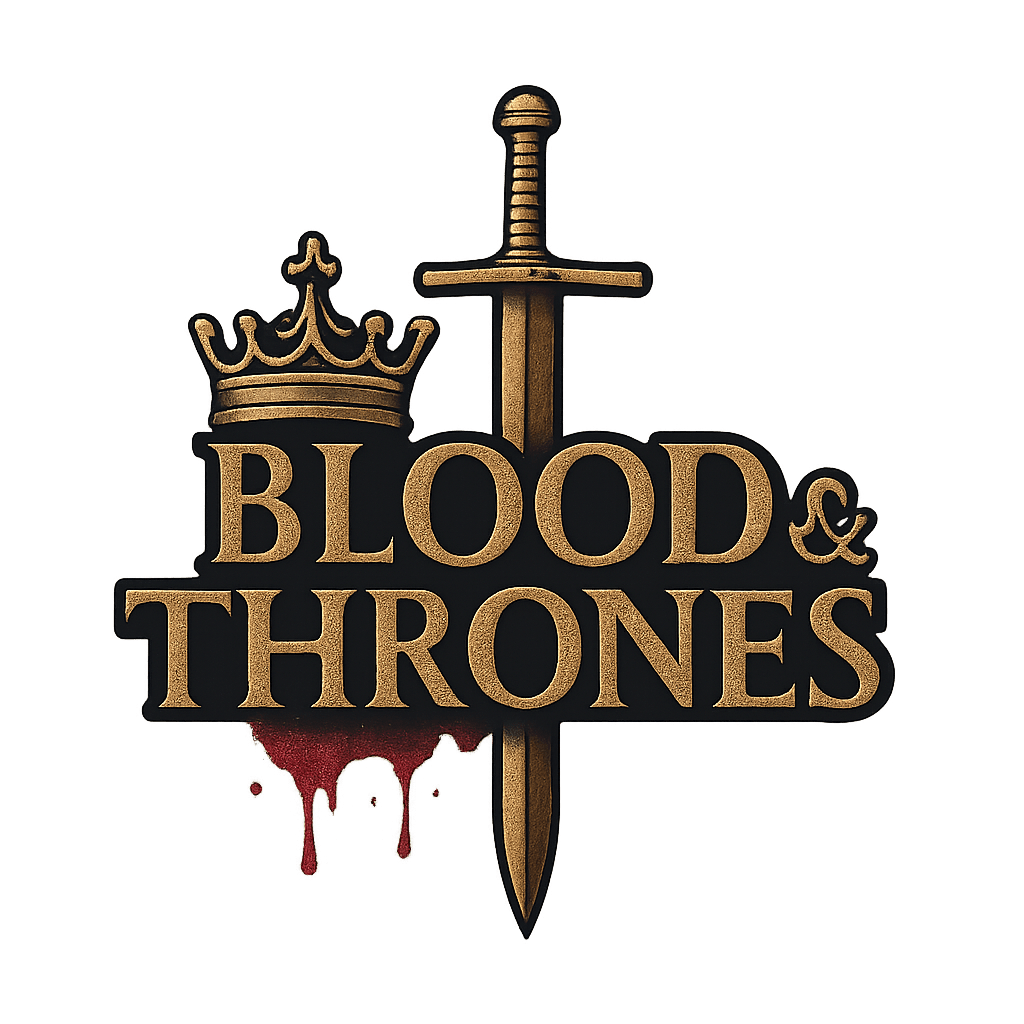Introduction
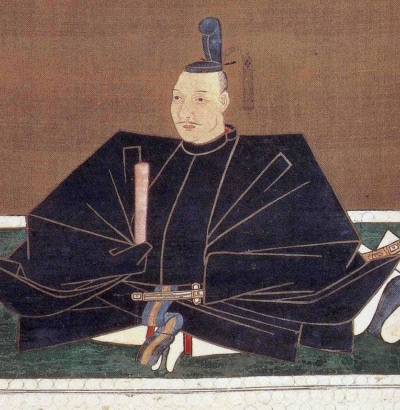
Image: Oda Nobunaga, public domain
In the chaotic Sengoku period, a warlord’s survival depended entirely on their own abilities.
Prosperity in this era meant one thing: expanding your territory.
To do that, gathering information about both allies and enemies was essential.
Unlike today, where we can instantly communicate through technology, people in the 16th century had only human networks to rely on.
But collecting information was only the first step.
The real skill lay in interpreting it—and using it strategically.
Oda Nobunaga, one of the most legendary warlords in Japanese history, was a true master of information gathering and usage.
This article explores how Nobunaga turned information into one of his greatest weapons.
How Nobunaga Turned a Castle into His Information Hub
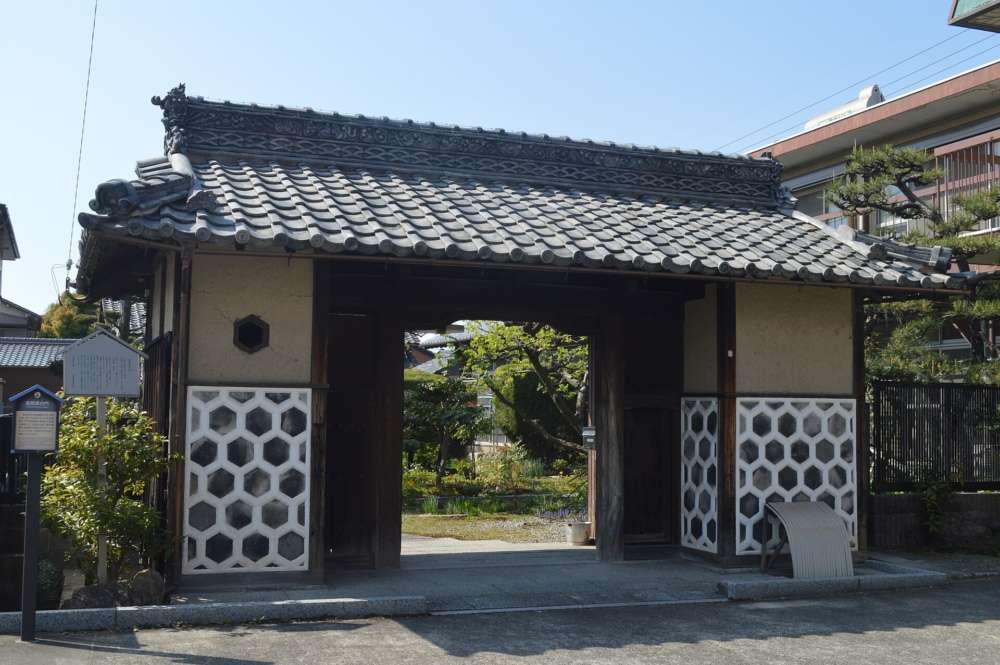
Image: Ruins of Ko-ori Castle (former residence gate), Photo by the author
One of Nobunaga’s concubines was the daughter of Ikoma Kazumune, lord of Ko-ori Castle in present-day Kōnan City.
She is often referred to as “Yoshino” in later accounts, although her real name remains unknown.
Ikoma Kazumune was more than just a local lord.
According to some records, he was also a merchant dealing in valuable goods like ash and oil and ran a transportation business called bashaku, which used horses to move goods across Japan.
Although some descendants dispute the merchant background, it is clear that Ko-ori Castle was massive—spanning an area equivalent to 15 Nagoya Domes—and would have required a significant number of non-combatants, like merchants and couriers, to sustain itself.
By frequently visiting Ko-ori Castle, Nobunaga wasn’t just seeing his concubine.
He was tapping into a vital information network.
The castle became a central hub where merchants and transporters brought intelligence from all corners of Japan.
Nobunaga carefully analyzed this information to strategize his future military campaigns, including his march toward the capital.
Winning the Battle of Okehazama Through Information Warfare
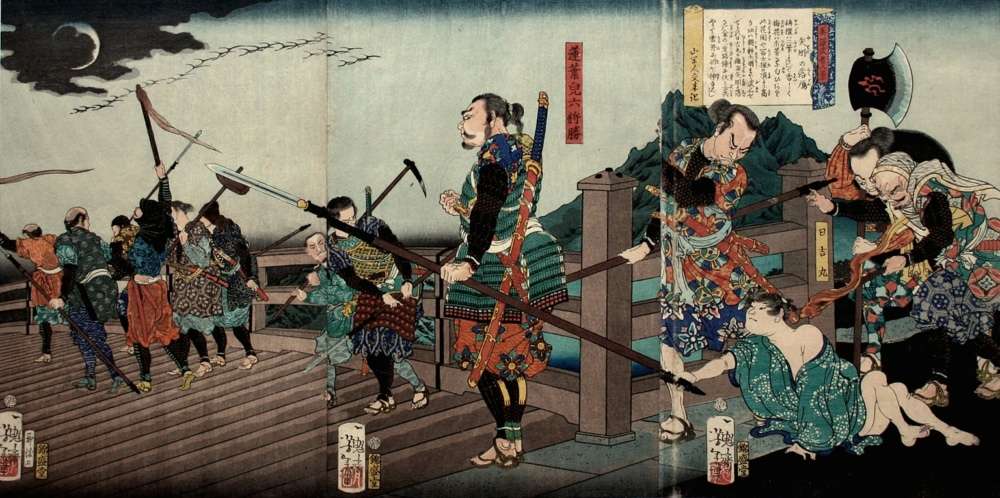
Image: Warriors Crossing Yahagi Bridge, by Tsukioka Yoshitoshi (public domain)
Nobunaga’s dramatic rise to national prominence began at the Battle of Okehazama in 1560.
Facing a vastly larger army led by Imagawa Yoshimoto, Nobunaga leveraged every ounce of intelligence he had gathered.
His key informants included members of the river-based merchant clans like Hachisuka Koroku and Maeno Shōemon, who infiltrated enemy camps disguised as peasants.
These spies kept Nobunaga updated on the movements of Yoshimoto’s forces, allowing him to launch a surprise attack at the perfect moment.
The official credit for locating Yoshimoto’s main camp went to Nobunaga’s vassal, Yanada Masatsuna, but this event showed how deeply Nobunaga relied on his information networks.
Without superior intelligence gathering and analysis, the victory at Okehazama would have been impossible.
Escaping a Deadly Betrayal: The Kanegasaki Retreat
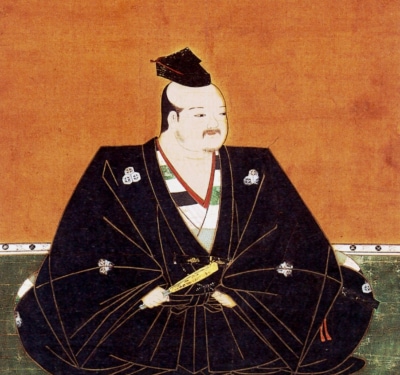
Image: Asai Nagamasa, public domain
Information also saved Nobunaga’s life during one of his greatest crises—the Kanegasaki Retreat.
While campaigning against the Asakura clan, Nobunaga faced a sudden betrayal by his ally, Azai Nagamasa.
According to historical sources, it was Matsunaga Hisahide, a master of espionage, who first reported Azai’s betrayal to Nobunaga.
Thanks to this timely intelligence, Nobunaga was able to make a swift and daring escape through enemy territory, surviving what could have been a fatal trap.
Again, it was the strength of his information network that turned the tide.
Nobunaga’s Top Commanders Were All Information Experts
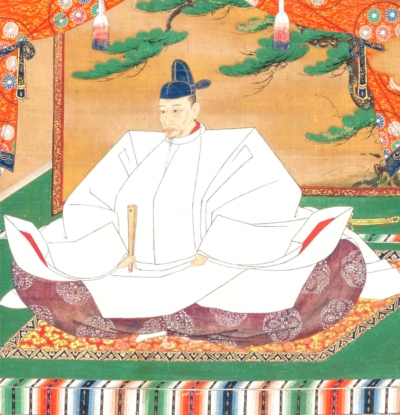
Image: Toyotomi Hideyoshi, public domain
By the late 1570s, Nobunaga commanded an army of over 200,000 men, organized into multiple regional forces.
The leaders of these forces included:
Akechi Mitsuhide (central Japan)
Toyotomi Hideyoshi (western Japan)
Takigawa Kazumasu (eastern Japan)
All three shared a crucial trait:
They were well-versed in intelligence gathering and strategic maneuvering.
Hideyoshi, once a peasant or lowly servant, rose rapidly not because of his skill in battle, but because of his unmatched talent for espionage and negotiation.
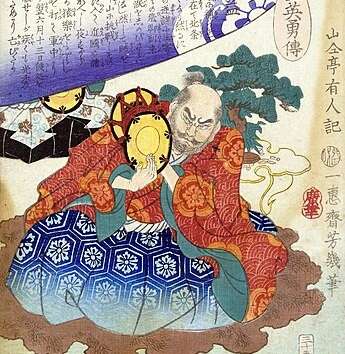
Image: Takigawa Kazumasu from “Taiheiki Eiyūden” by Ochiai Yoshiiku (via Wikimedia Commons)
Takigawa Kazumasu’s early life is also mysterious, leading some to speculate he had ties to ninja clans.
He excelled in the use of firearms and information warfare.
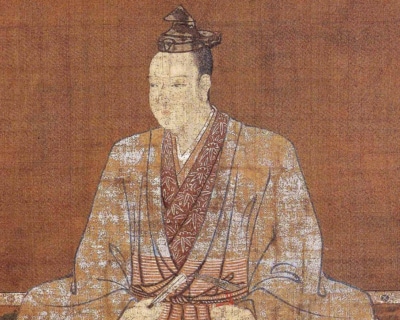
Image: Akechi Mitsuhide, public domain
Even Akechi Mitsuhide, believed to have once served the Asakura clan, had a background of wandering and gathering knowledge before rising through the ranks under Nobunaga.
For Nobunaga, information specialists weren’t just spies—they were essential commanders on the path to unifying Japan.
Final Thoughts
Oda Nobunaga’s mastery of information was one of his greatest strengths.
He didn’t just gather facts; he built vast networks, interpreted intelligence skillfully, and acted swiftly based on what he learned.
However, in the world of espionage and betrayal, information could be a double-edged sword.
If, as commonly believed, Akechi Mitsuhide betrayed Nobunaga at Honnō-ji, it’s possible that some sensitive information about Mitsuhide—or others—threatened to expose them.
In the end, the same information web that brought Nobunaga to the brink of unifying Japan may have also made him a target.
References :
武功夜話(The Chronicles of Martial Deeds), modern translation by Kaku Kōzō
信長公記(The Records of Lord Nobunaga)by Kuwata Tadachika
